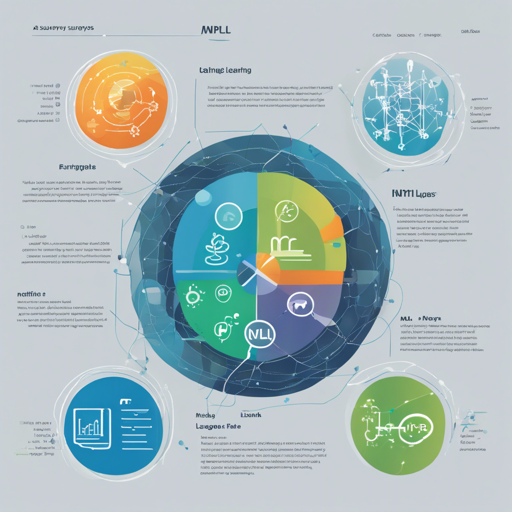In the ever-evolving field of artificial intelligence, Natural Language Processing (NLP) and Machine Learning (ML) stand out as critical areas of research and application. This article presents an overview of a comprehensive survey that delves into hundreds of research papers in these domains, categorizing them into topics and offering statistical insights.
Understanding the Survey Landscape
The survey reviewed a myriad of papers — over 1,063 according to the original documentation. Categorization was structured according to established guidelines from leading conferences like ACL and ICML, ensuring a solid foundation for analysis.
Topic Categorization
The papers included in the survey are categorized into two broad sections: Natural Language Processing and Machine Learning.
- Natural Language Processing:
- Computational Social Science and Social Media
- Dialogue and Interactive Systems
- Generation
- Information Extraction
- Information Retrieval and Text Mining
- Interpretability and Analysis of Models for NLP
- Knowledge Graph
- Large Language Models
- Named Entity Recognition
- Machine Translation
- Sentiment Analysis, Stylistic Analysis and Argument Mining
- Summarization
- Machine Learning:
Statistics and Insights
The survey also shares intriguing statistics regarding the number of papers published in different areas and their trends over time. For instance, it visually represents the growing research intensity in NLP and ML through statistical graphs.
- Figures represented in the survey illustrate the number of papers across various NLP and ML sectors, indicating a proactive research environment.
- Publication year statistics reveal the advancement in NLP and ML research over time.
Code Analogy for Understanding Categorization
Think of the survey as a library cataloging system. Each topic represents a shelf with different genres of books. Within each shelf, all various titles (research papers) are arranged meticulously, making it easy for readers (researchers) to locate the information they need. Just as readers search for books by genre or author, the categorization in this survey helps researchers hone in on specific areas of interest in NLP and ML.
Troubleshooting and Further Learning
As with any complex research field, navigating through an extensive list of papers can be overwhelming. Here’s a guide for troubleshooting your navigation through the survey:
- If you encounter a specific topic that’s hard to tackle, try focusing only on one sub-category at a time.
- For more insights, updates, or to collaborate on AI development projects, stay connected with fxis.ai.
- If you experience difficulties finding relevant papers, consider using keywords from the titles for quicker access.
Final Thoughts
The landscape of NLP and ML is vibrant, filled with research that pushes the boundaries of what’s possible with technology. Keeping up to date with the latest papers is essential. At fxis.ai, we believe that such advancements are crucial for the future of AI, as they enable more comprehensive and effective solutions. Our team is continually exploring new methodologies to push the envelope in artificial intelligence, ensuring that our clients benefit from the latest technological innovations.

